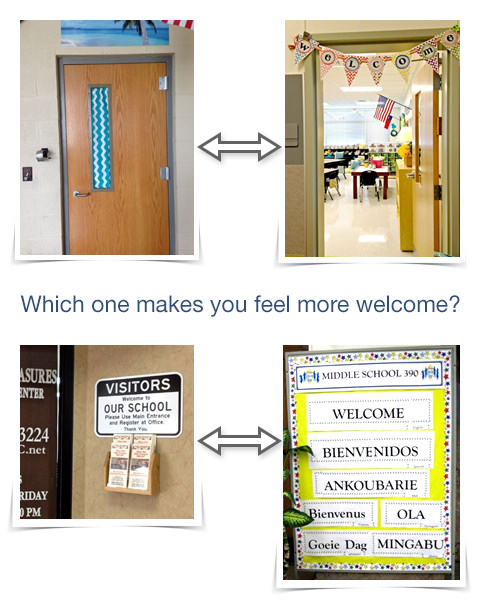As educators, we all know that one of the most important ways that we can help children achieve academic and social success is to form strong and collaborative partnerships with their families. Taking the teacher/parent relationship beyond back to school nights and report card conferences can help build strong home-school connections for kids. Having a strong home-school connection leads children to see learning in a more positive light, which prompts them to work harder and actually enjoy school more.
While forming partnerships with families may seem like the natural thing to do, taking that first step can be hard. Competing schedules and intense workloads can discourage even the most committed teacher or family member from reaching out beyond already established meetings such as conferences. While there are a lot of changes that both sides can make to communicate better and build stronger relationships, there are also a lot of small steps that schools can make right now to begin paving the way.
Consider this: in communication, almost 90% of the message and impressions that people receive come from non-verbal factors! That means that in any relationship, the actual words you say only count for around 10% of what people hear or feel.
So what does that mean? It means that before we even sit down to talk to one another, we have already built an opinion based on our surroundings and on what we see. For a parent walking into a school, an inaccessible or unwelcoming school entrance can send the wrong message before he even speaks with a teacher. Consider this while looking at the picture pairs below:
These pictures represent small and quick changes that schools and teachers can make to help families feel more welcome and to begin to build a more trusting relationship with them. Here are a few more quick tips to improve your nonverbal communication with families:
- Ask your students to bring in pictures of their families and hang or frame them in your classroom. Students will love seeing familiar faces in their classroom, and parents will get the message that they are welcome.
- Create a Family bulletin board or corner in your school. Provide copies of school schedules, reminders about upcoming events, and tips for reading at home or helping out with homework.
- Send out a survey to gauge interest in family-centered school events. Families will feel that their voices are being heard, and responses will be useful in planning for next year.
The difference between a closed door and an open one could make all the difference in the world! Acknowledging and welcoming the diversity of languages your families speak will make them feel much more at home and transform your school into a true reflection of the community. When the ultimate goal is helping each and every child feel successful both socially and academically, every little bit helps.

